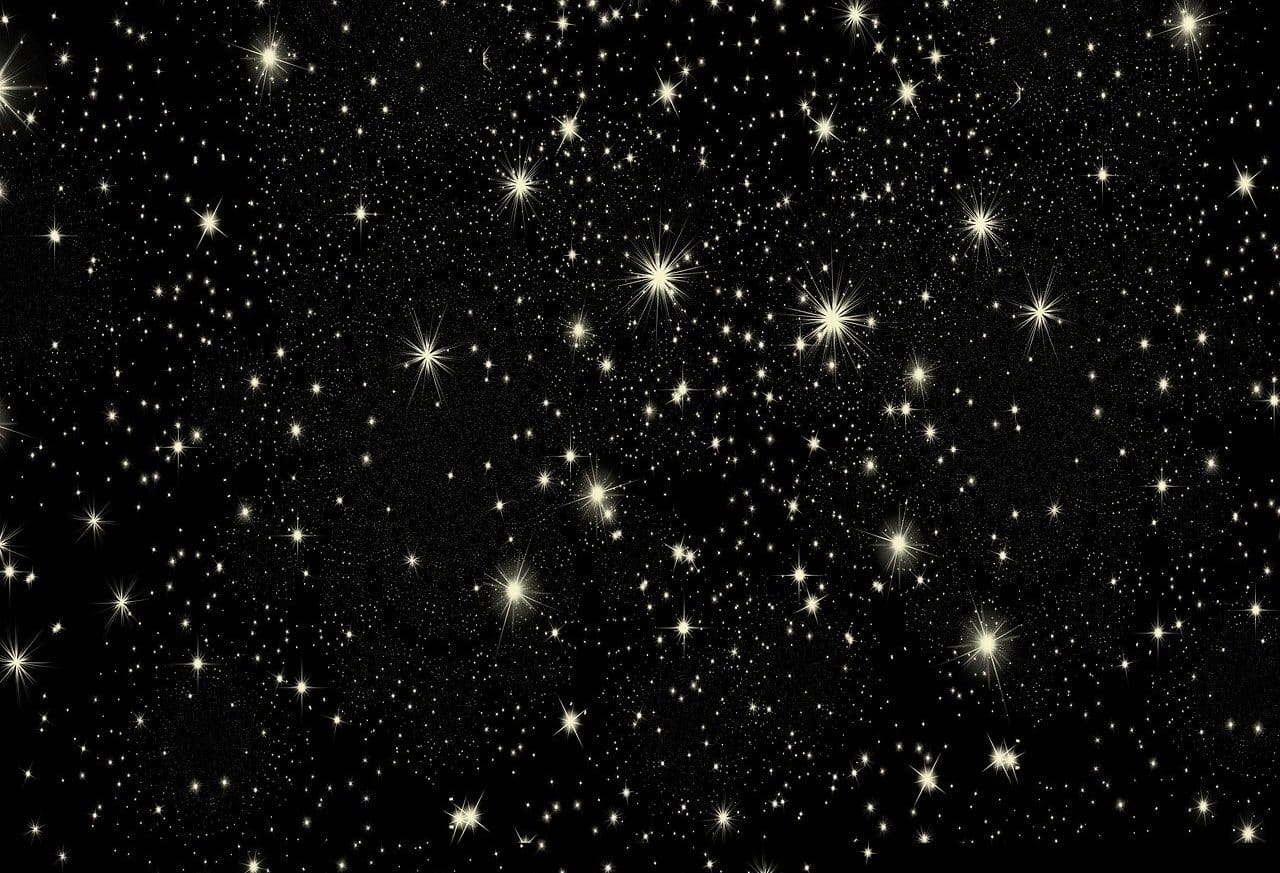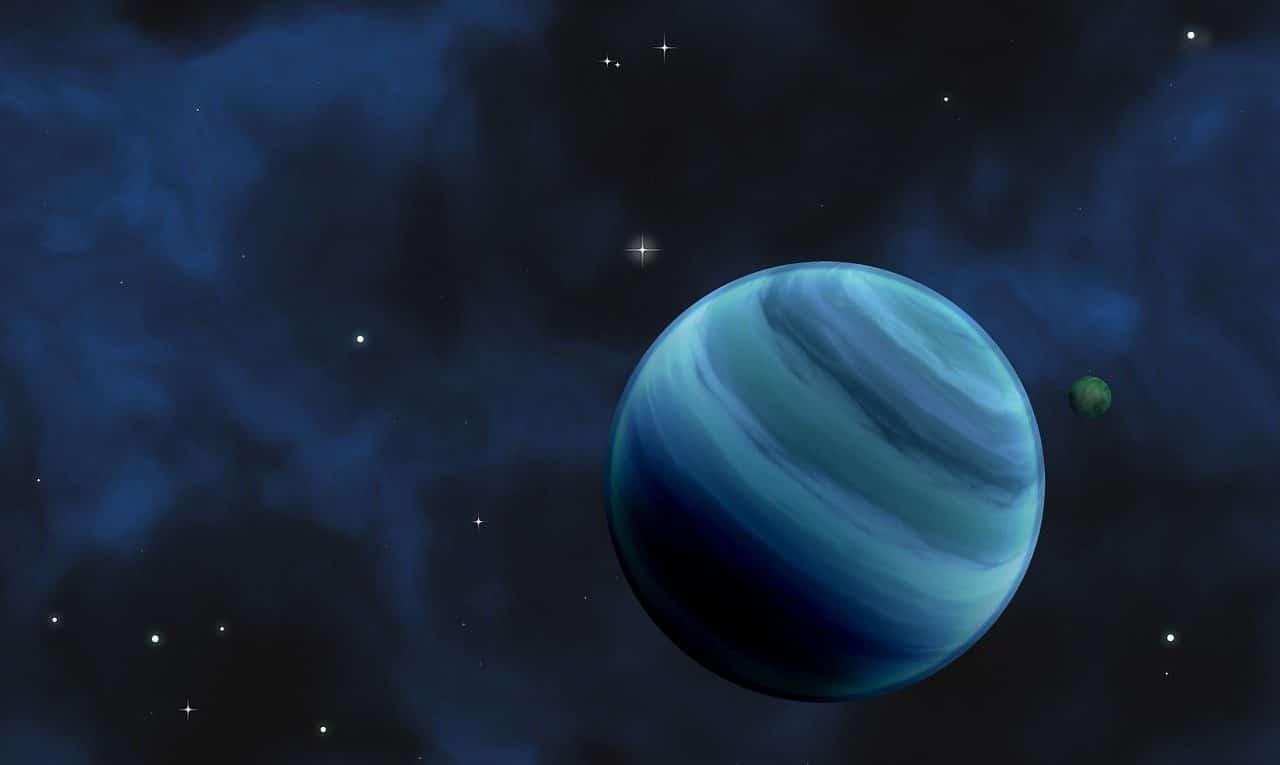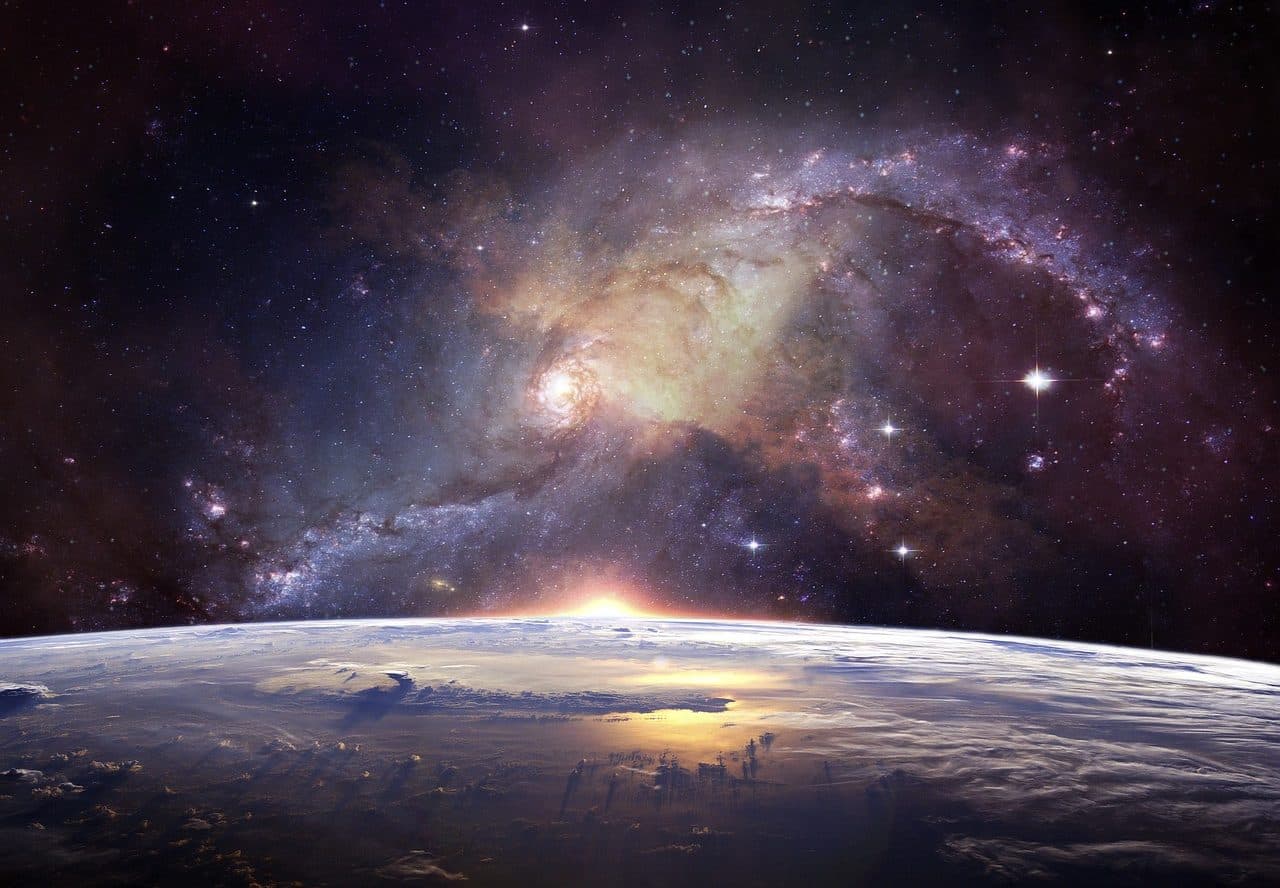
Neutron stars are stellar remnants formed by the gravitational collapse of massive supergiant stars.
Neutron stars are, according to scientists specialized in astronomical matters, a type of stellar remnant that emerged as a result of the gravitational collapse of massive supergiant stars . This phenomenon is triggered once they exhausted the fuel present in their cores and exploded as a supernova in some of its forms.
In these remains (whose temperature is very high) there is, in addition to neutrons , a dense content based on other types of particles, and kaons , pions , electrons or protons can be detected in them.
It should also be noted that numerous neutron stars have been detected with the ability to spin at high speed and emit rays of electromagnetic radiation , which can be seen as pulsars . Of course, others of significant antiquity have been detected that do not radiate too much and are cold.
Characteristics of neutron stars
Neutron stars , which make up a population close to one billion units within the Milky Way , have different characteristics that are worth knowing.
One of its distinctive features is its resistance to gravitational collapse thanks to the so-called quantum degeneracy pressure ( degenerate matter ) linked to the Pauli exclusion principle . This firmness is also obtained from the pressure that is generated based on the repulsive portion of the strong nuclear force that involves the baryons .
Although relevant and useful information has already been accumulating about neutron stars , there is still more research and more exhaustive observation and analysis processes to confirm if their cores have coincidences with the structure of the outer layers or if there is plasma in them. quark-gluon .
It is believed that any star belonging to the main sequence has a chance of becoming a neutron star if it meets a basic requirement: having an initial mass that exceeds eight solar masses . By separating from the main sequence once the hydrogen fusion stage is completed, the star experiences a thermal increase in its central part (core), thus promoting other types of fusions. Then there is a phase of instability in the core, which continues to receive heavy materials and ends up exceeding the Chandrasekhar mass limit .
With a binary system as a starting point, the emergence of neutron stars is also possible. From the point of view of certain scientists, an intermediate state or formation, called a quark star , could exist between neutron stars and a black hole .

Among the dust and remains of a supernova known as 1987A, a neutron star has been detected.
Importance
Those who are dedicated to Physics consider it extremely important to pay attention to neutron stars and closely follow their particularities since through them they can deepen and incorporate knowledge in relation to how matter that has a high density behaves in the universe. .
Thanks to these elements, we learn about the stellar life cycle and the internal components of the aforementioned neutron stars . Seasons ago, to indicate a specific case, by examining the inside (thanks to a failure) of the Vela Pulsar , the existence of an internal strip in the area of the crust made up of a mixture of superfluid neutrons capable of causing the rotations of the star . There is also another portion of superfluid moving in the core and slowing the star as it spins.
Types of neutron stars
To date, it has been possible to distinguish between different types of neutron stars .
One of these varieties is the radiosilent neutron star . Observed from Earth , it supposedly does not generate radiation based on radio waves. In any case, it remains visible through electromagnetic radiation in other sectors of the electromagnetic spectrum , especially by gamma ray emission and X-ray emission .

The detection of exoplanets orbiting neutron stars allows the identification and knowledge of pulsar planets.
There is also a type of neutron star known as a magnetar . It has a very powerful magnetic field and is capable of expelling, in a very short period of time, a gigantic amount of high energy in the form of gamma and X rays .
Not long ago, on the other hand, scientists theorized about a novel style of neutron star . It was an exotic and massive formation that was probably born from the merger of a pair of neutron stars , temporarily avoiding (between a year and a decade) a fate as a black hole after the collapse of the stellar structures. For these experts, if the Tolman-Oppenheimer-Volkoff limit is exceeded, the neutron star would have a chance of not collapsing if it could be developed with a magnetic field that reaches a strength greater than that exhibited by the sun's magnetic field .
Appealing to the precision of the James Webb space telescope , to add another piece of information, a neutron star hidden among remains of dust was discovered in the remnant of the 1987A supernova .
Research and observation
There is constant interest and scientific work in the field of detection, observation and research of neutron stars .
A few seasons ago, for example, detailed emphasis was placed on nucleons to properly establish their structure and find out what effect the strong nuclear force generates between them. In this context, a team of researchers focused their attention on neutron stars in order to understand if and how dark matter accumulates in them. Efforts were even directed to the analysis of dark matter collisions in a strip of these stars, which from then on are considered valuable for the detection of dark matter .
On the other hand, modern detectors (including the LIGO Gravitational Wave Observatory ) have made it possible to find combinations of neutron stars and black holes . Prior to this discovery, detection was limited to the gravitational wave (an expression used in physics to identify the disturbances in space-time caused by the acceleration of a massive body) generated either by a pair of neutron stars or by one of black holes , but not mixed. Before detailing other concepts, it is appropriate to remember that Albert Einstein , when developing, proposing and applying the content of the theory of general relativity , predicted the existence of these gravitational waves .
Nor can we fail to highlight that a duo of neutron stars merged, a framework in which there was a discharge of gamma rays and a kilonova was produced (as the atypical explosion that arises from the merger of a neutron star is known. with another of its style or with a black hole ).
Although progress has been significant in recent decades, there are still many questions to be answered and several unknowns to be deciphered. A group of radio astronomers has spotted a novel stellar object that could revolutionize and modify everything believed, until now, about neutron stars . According to the official announcement, a magnetar (variety of neutron star whose magnetic field has the particularity of being considerably powerful) has been found that, unlike others of its style, launches powerful bursts of energy not with an interval of seconds. or just a few minutes but every little more than twenty minutes between each other. Given its behavior, doubts revolve around the nature of that element, which continues to be examined with the purpose of continuing to solve enigmas of the universe.

Knowing Chandrasekhar's mass is important since its limit determines stellar classification. If this mark is exceeded, for example, there is no chance of the appearance of a white dwarf, but a black hole , a neutron star and even, according to a theory under investigation, a quark star may emerge.
Neutron stars, objects of interest for physics
To understand more about the stellar processes capable of producing different nuclear isotopes , at the Oak Ridge National Laboratory it has been possible to recreate the nuclear reaction typical of the surface of neutron stars that engulf the mass of others of the same type.
These elements that intrigue, excite, stimulate and fascinate both astrophysics experts and nuclear physics specialists.
Information is sought and an attempt is made to find out more and more about both the type of high-mass neutron star (which could be the result of a supernova and only a rapid rotation could prevent an immediate collapse that causes a black hole ) and the variant classified as a low-mass neutron star .
